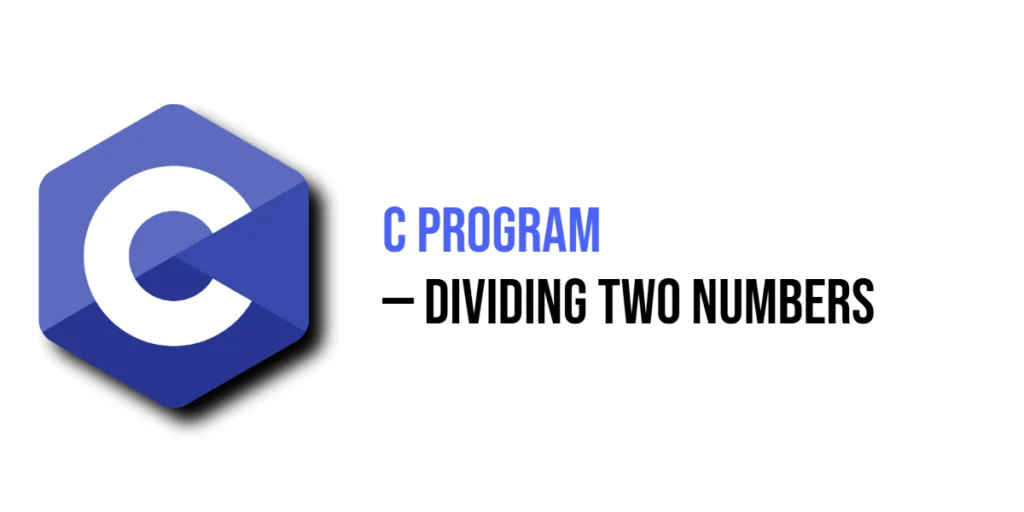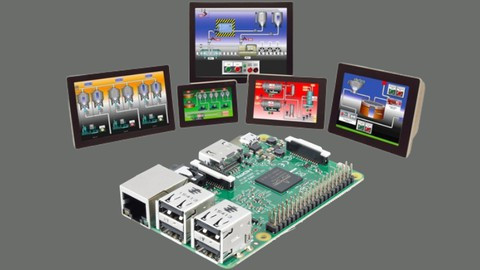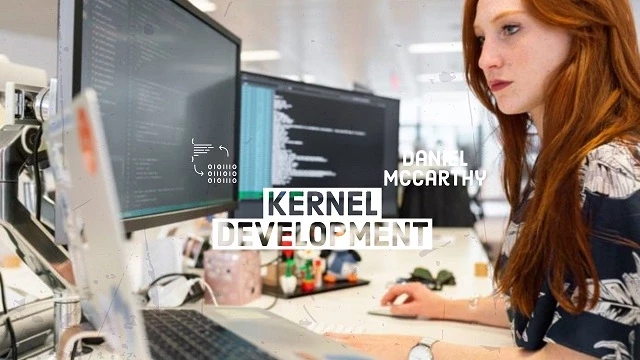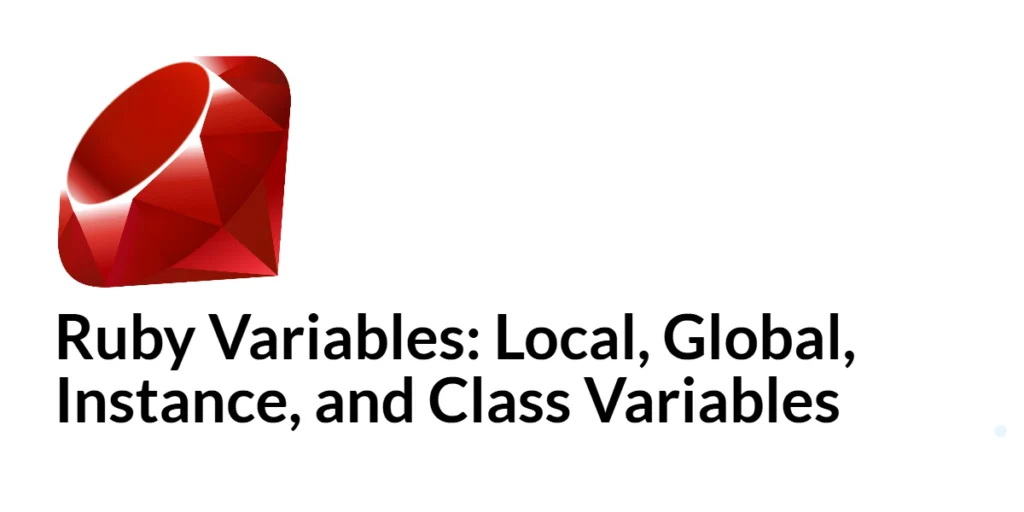Division is one of the fundamental arithmetic operations in programming. Learning to divide numbers in C not only helps beginners understand basic arithmetic but also introduces essential concepts like handling data types, managing decimal precision, and avoiding runtime errors such as division by zero. Writing a program to divide two numbers might seem simple, but it gives insight into how C handles different types of numbers and performs calculations. In this tutorial, you will learn to write a complete program to divide two numbers, understand each line of the code, and handle common issues safely.

with hands-on learning.
get the skills and confidence to land your next move.
Understanding division in C also teaches how to work with integer and floating-point numbers. Integers can only store whole numbers, so dividing integers may result in truncated values. On the other hand, floating-point numbers like float and double can store decimals, giving more accurate results. This simple exercise prepares you for more complex calculations and strengthens your knowledge of variable types, input, and output functions in C.
Using printf() and scanf() to Divide Two Numbers
The most common method to divide numbers in C is to use the scanf() function for input and printf() for output. Here is a complete example using floating-point numbers:
#include <stdio.h>
int main() {
double num1, num2, result;
printf("Enter the first number: ");
scanf("%lf", &num1);
printf("Enter the second number: ");
scanf("%lf", &num2);
if (num2 == 0) {
printf("Error: Division by zero is not allowed.\n");
} else {
result = num1 / num2;
printf("The result of dividing %.2lf by %.2lf is %.2lf\n", num1, num2, result);
}
return 0;
}In this program, we declare three variables of type double: num1, num2, and result. Using double ensures that we can handle decimal values. The scanf("%lf", &num1); statement reads a double value from the user. We then check if num2 is zero to avoid a runtime error, since dividing by zero is undefined in mathematics and will cause the program to crash in C.
If num2 is not zero, the division result = num1 / num2; is performed, and the result is displayed using printf(). The format specifier %.2lf is used to limit the output to two decimal places for clarity. This program teaches beginners not only how to perform division but also how to handle errors gracefully.
Division of Integers
When dividing integer values, the result may not include decimal points. For example, dividing 7 by 2 using integers gives 3, not 3.5. Here is an example:
#include <stdio.h>
int main() {
int num1, num2, result;
printf("Enter the first integer: ");
scanf("%d", &num1);
printf("Enter the second integer: ");
scanf("%d", &num2);
if (num2 == 0) {
printf("Error: Cannot divide by zero.\n");
} else {
result = num1 / num2;
printf("The result of dividing %d by %d is %d\n", num1, num2, result);
}
return 0;
}In this code, both num1 and num2 are integers. If the division is not exact, the decimal part is discarded. For example, 7 divided by 2 gives 3 instead of 3.5. Using integers for division is simple, but it is important to understand that the result may lose precision.
Division Without User Input
Sometimes, you may want to perform division using fixed numbers instead of user input. This is useful for testing or simple calculations:
#include <stdio.h>
int main() {
double num1 = 25.0;
double num2 = 4.0;
double result;
result = num1 / num2;
printf("The result of dividing %.2lf by %.2lf is %.2lf\n", num1, num2, result);
return 0;
}Here, we assign values directly to num1 and num2. The division and output work exactly the same way as with user input. This method is straightforward but does not allow dynamic input from the user.
Common Beginner Mistakes
When dividing numbers in C, beginners often make these mistakes:
- Forgetting to check for division by zero, which will crash the program.
- Using integers when a precise decimal result is needed.
- Using the wrong format specifier, like
%dfor adouble, leading to incorrect output.
To avoid these errors, always choose the correct data type and handle special cases, such as division by zero, to make your programs safe and reliable.
FAQs
Q1: Can I divide more than two numbers in one program?
Yes, you can divide multiple numbers sequentially by storing results in variables or using arrays and loops. Always check for division by zero at each step.
Q2: What is the difference between integer and floating-point division?
Integer division discards any fractional part, while floating-point division preserves decimals. Use double or float when you need accurate results.
Q3: Can I perform division directly inside printf()?
Yes, you can write printf("Result is %.2lf", num1 / num2); without storing the result in a separate variable. This works for simple calculations.
Q4: Why does dividing 5 by 2 give 2 instead of 2.5 with integers?
This happens because integer division only keeps the whole number part. To get the decimal result, use a floating-point data type like float or double.
Conclusion
Dividing two numbers in C is a fundamental programming task that teaches beginners about arithmetic operations, data types, input handling, and error checking. Whether using integers or floating-point numbers, division programs help you understand how C handles calculations and how to prevent common mistakes such as division by zero. Practice writing these programs to build a strong foundation for more advanced mathematical operations in C.
References & Additional Resources
- Kernighan, Brian W., and Dennis M. Ritchie. The C Programming Language. 2nd Edition, Prentice Hall, 1988.
- GeeksforGeeks: C Arithmetic Operators – Detailed guide on arithmetic operations.
- TutorialsPoint: C Data Types – Understanding integers and floating-point numbers.
- Wikipedia: C Data Types – Overview of number types in C.







